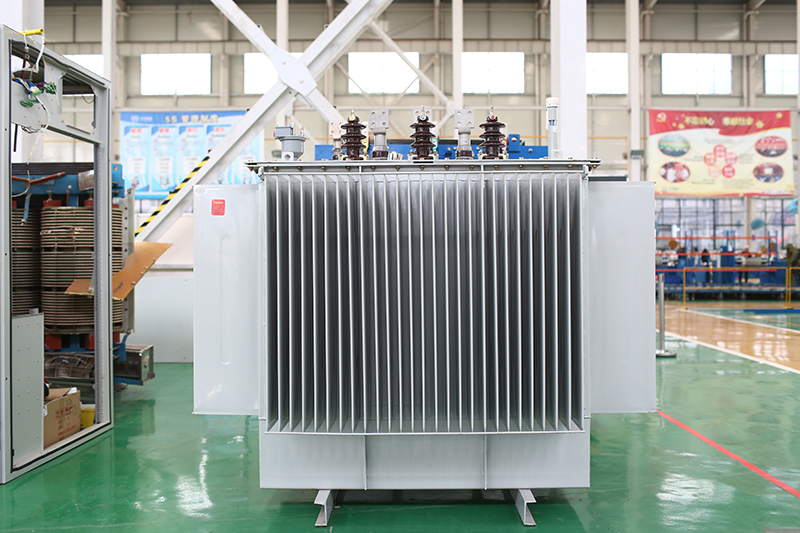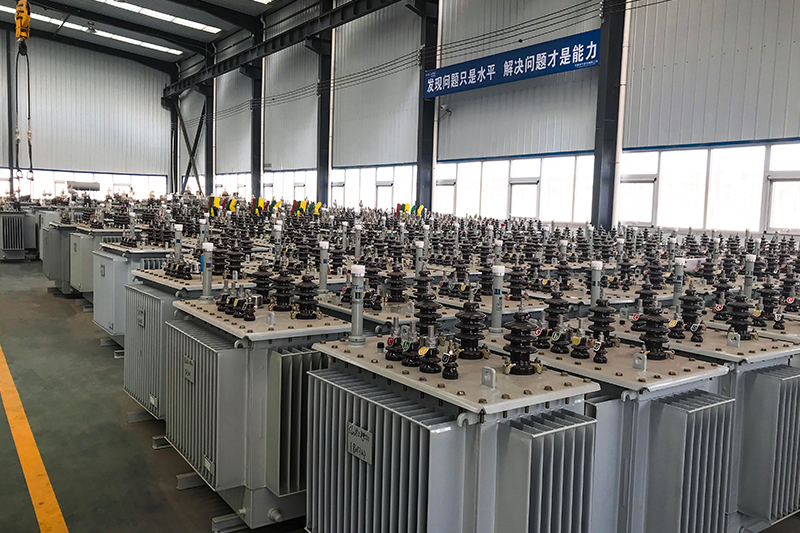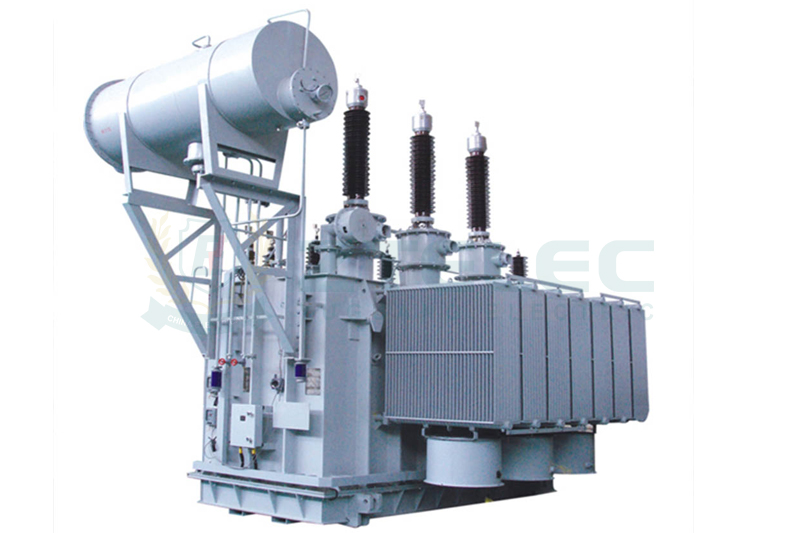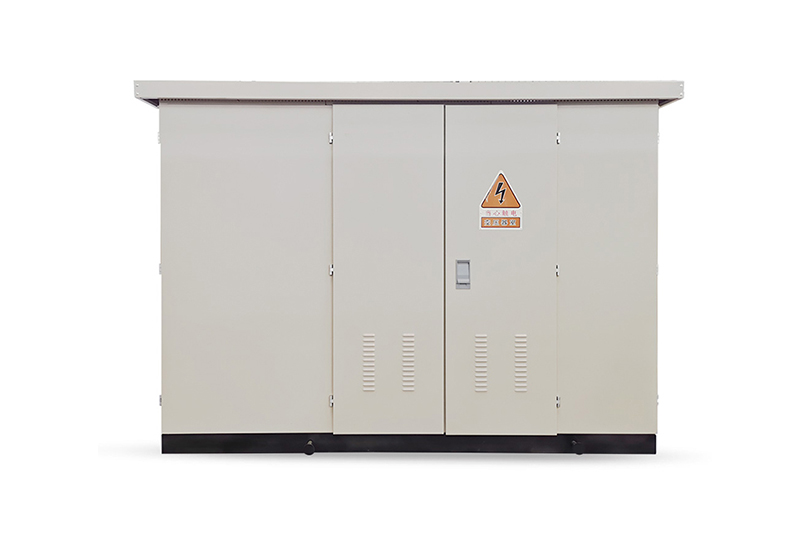Oil-Immersed Transformer Selection: Quick Overview by Application
Time:2025-08-4 Auther:ZTelec-www.ztelectransformer.com
Oil-immersed transformers are widely used in modern power systems due to their reliable performance, high insulation strength, and effective cooling through circulating insulating oil. Unlike dry-type transformers, these units submerge the transformer core and windings in oil to manage thermal performance and extend service life.

In practice, oil-immersed transformers can be categorized by winding type (e.g., dual-winding, triple-winding), phase (single-phase, three-phase), or cooling method (ONAN, ONAF, OFAF). However, classification by application offers the most practical guidance for engineers and procurement teams. Below is a categorized overview of common oil-immersed transformer types based on their intended usage:
1. Power Transformers
Application: Power transformers are the most fundamental and widely deployed oil-filled transformers. They are essential for voltage transformation in transmission and distribution networks—either stepping up voltage for long-distance transmission or stepping it down for end-user consumption.
Key Features: Large capacity, high voltage levels, robust insulation, and thermal stability. Designed for continuous operation under high loads.
Use Cases: Power plants, grid substations, regional distribution hubs, urban power systems, and industrial electrical networks.
2. Instrument Transformers
Application: Used for measurement, metering, and protection. These include voltage transformers (VTs) and current transformers (CTs).
Key Features: Provide accurate voltage or current scaling from high to low values (e.g., 100V, 5A or 1A) to allow safe operation of measurement and relay systems.
Use Cases: Installed in protective relaying schemes, SCADA systems, and high-voltage metering circuits across substations and power plants.

3. Test Transformers
Application: Specifically engineered for insulation strength and withstand voltage testing. These simulate extreme electrical conditions such as surge voltages or lightning strikes to verify the durability of power equipment.
Key Features: Very high output voltage (thousands to millions of volts), stable waveform, and precise control.
Use Cases: Factory testing, site commissioning, and preventive maintenance for cables, switchgear, insulators, and high-voltage components.
Test Transformer Subtypes:
• Oil-Immersed High-Voltage Test Transformer: Features enhanced insulation systems and improved sealing to reduce oil leakage and dielectric breakdown.
• Oil-Immersed AC/DC Test Transformer: Offers both AC and DC output for broader testing scenarios, including DC leakage and AC withstand tests.
4. Specialty Transformers
Application: Tailored to meet specific industrial or technical requirements not addressed by standard transformers. These include electric furnace, rectifier, and welding transformers.
Key Features: Customized winding structure, specialized cooling systems, and precise voltage or current control for niche conditions.
Specialty Transformer Subtypes:
• Electric Furnace Transformers: Designed for arc or resistance furnaces in metallurgy and chemical industries. Feature low secondary voltage and extremely high current, with strong overload and surge resistance.
• Rectifier Transformers: Power rectification systems used in electrolysis, electroplating, and DC motor drives. Built to handle harmonics and commutation requirements.
• Welding Transformers: Provide a stable current with steep voltage drop characteristics for various welding operations, ensuring arc stability and weld quality.
Selecting the Right Oil-Immersed Transformer
By classifying oil-immersed transformers according to their application, users can better align transformer functionality with project requirements. Whether your focus is on grid-level power transformation, high-voltage testing, or specialized industrial processes, understanding these categories provides a strong foundation for informed decision-making.




